The Geba Carpet Gallery, located in the heart of Graz’s old town since 1987, is an established name in international carpet design. It all began with Harald Geba’s decision to rethink the carpet. He is regarded as a pioneer of the idea of combining modern designs with traditional craftsmanship. Today, Geba rugs are classics of timeless modernity, in which the charm and flair of craftsmanship always remain tangible. And one of these Geba rugs could soon be moving into your home!
22nd DECEMBER // PLAY NOW & WIN!
Origin and quality
Knotted by hand, dyed with natural plant dyes, washed in the river and dried in the sun: GEBA attaches great importance to craftsmanship and tradition. The wool used in Nepal comes from high mountain sheep from Tibet, which live at over 4,000 meters. Their very long fibers with plenty of wool grease are a special characteristic that protect the animals in their harsh habitat and thus form the ideal basis for durable carpets. Provided that they are processed gently enough to preserve their natural properties.
Design diversity
If the selection of carpets is part of a corporate identity, a perfectly coordinated color and design concept can be developed. The choice of colors plays a central role in this: The Geba color palettes comprise 256 individual shades that can be freely combined for each design. However, all colors predefined by the customer (RAL etc.) can also be implemented exactly.
Geba works with two different studios that specialize in the implementation of different designs. While one studio uses only natural colors, the other uses synthetic colors. The designs with synthetic colors are used where exact adherence to colors is desired. If more room is given to individuality and chance, natural colors are recommended.
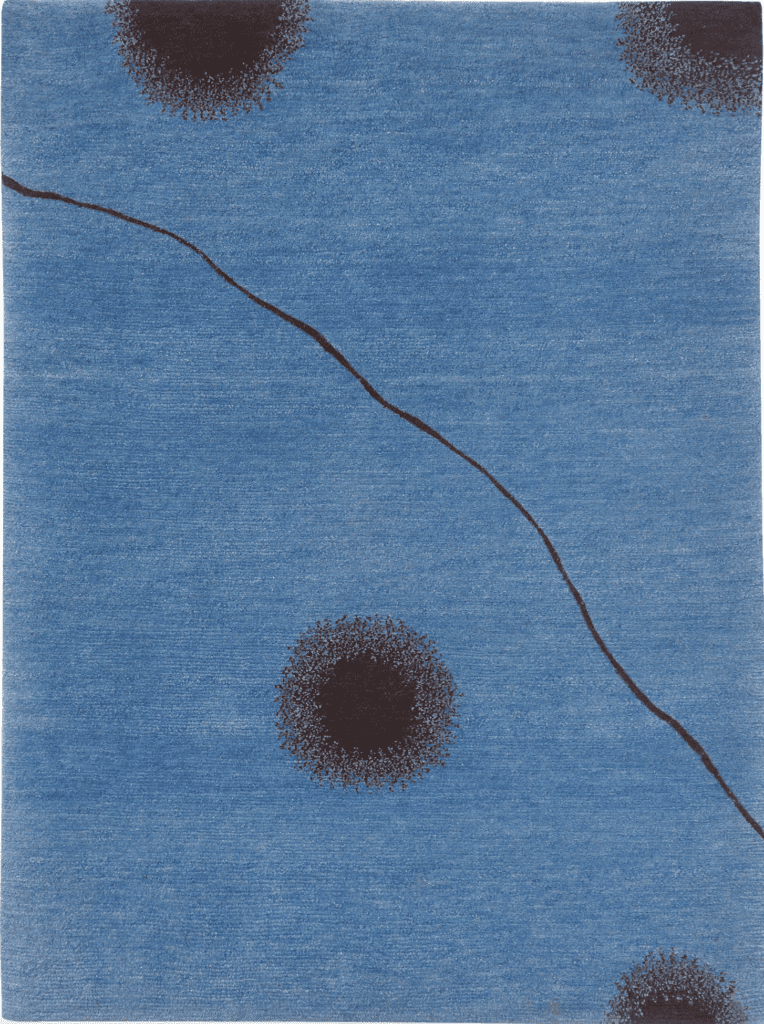
Carpet Orim
Like all Geba rugs, the Geba Orim rug was knotted by hand based on Harald Geba’s color and design specifications. The wool used comes from high mountain sheep from Tibet, whose long fibers are enriched with plenty of wool grease. A special characteristic that protects the animals in their harsh habitat, but also forms an ideal basis for durable carpets for living spaces.

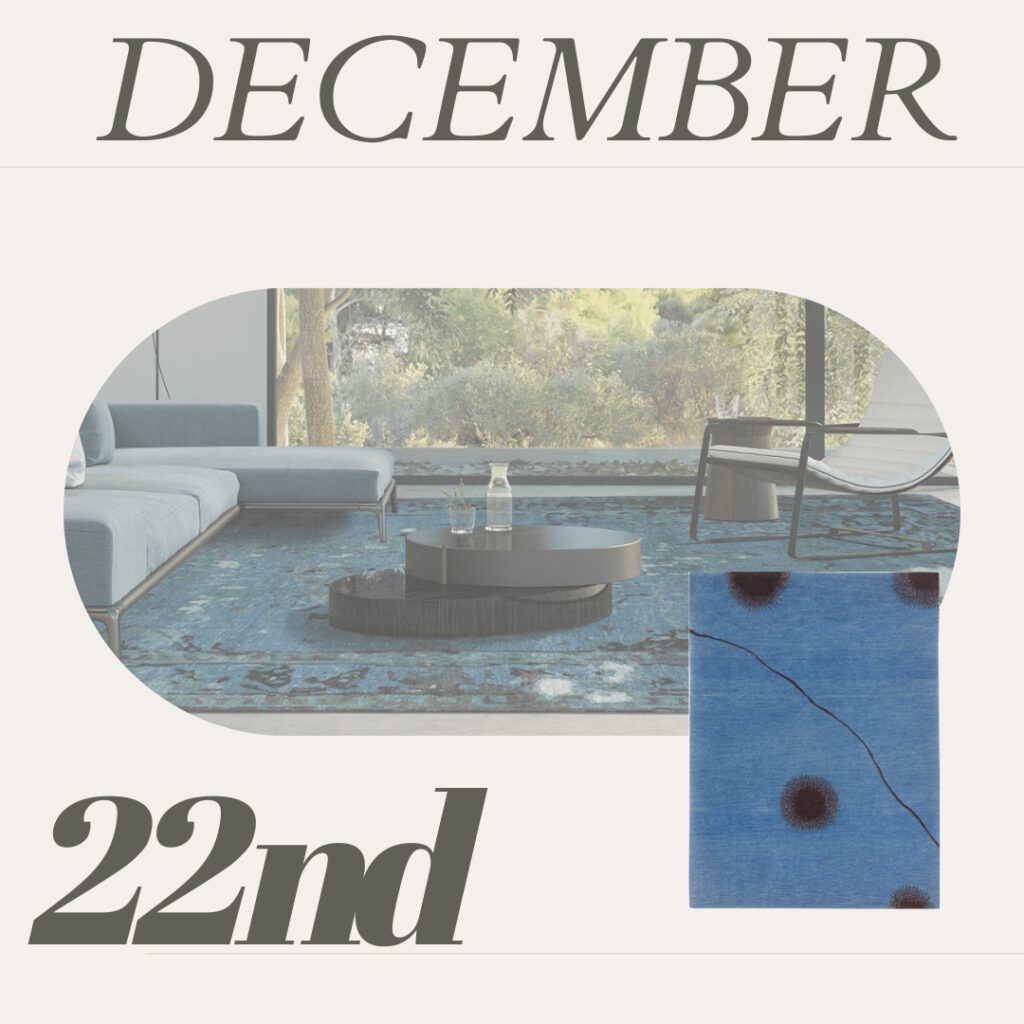
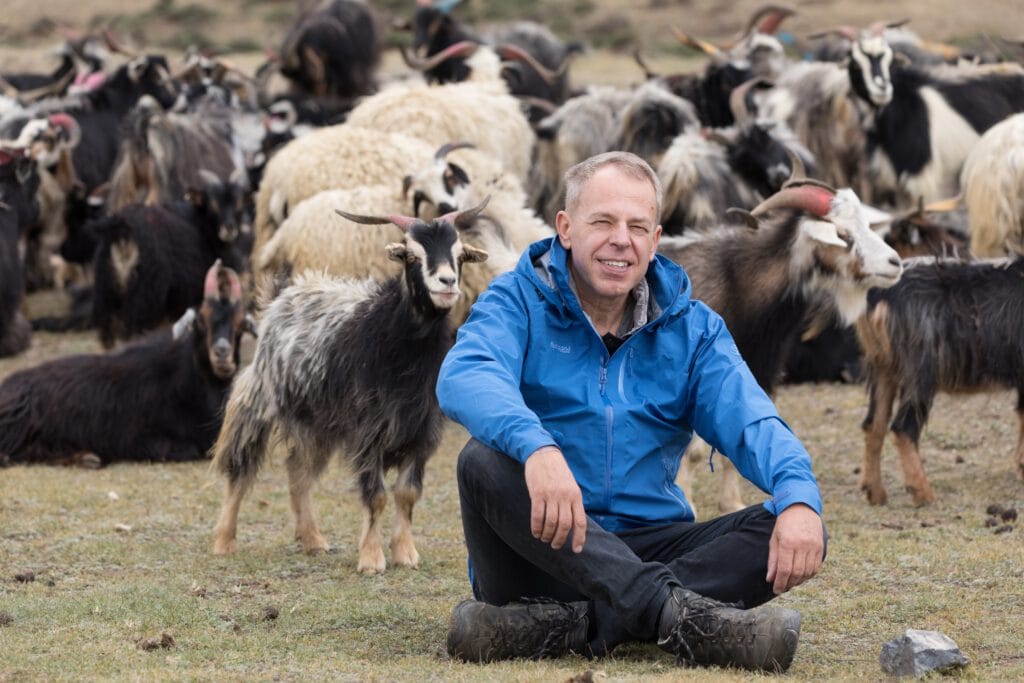
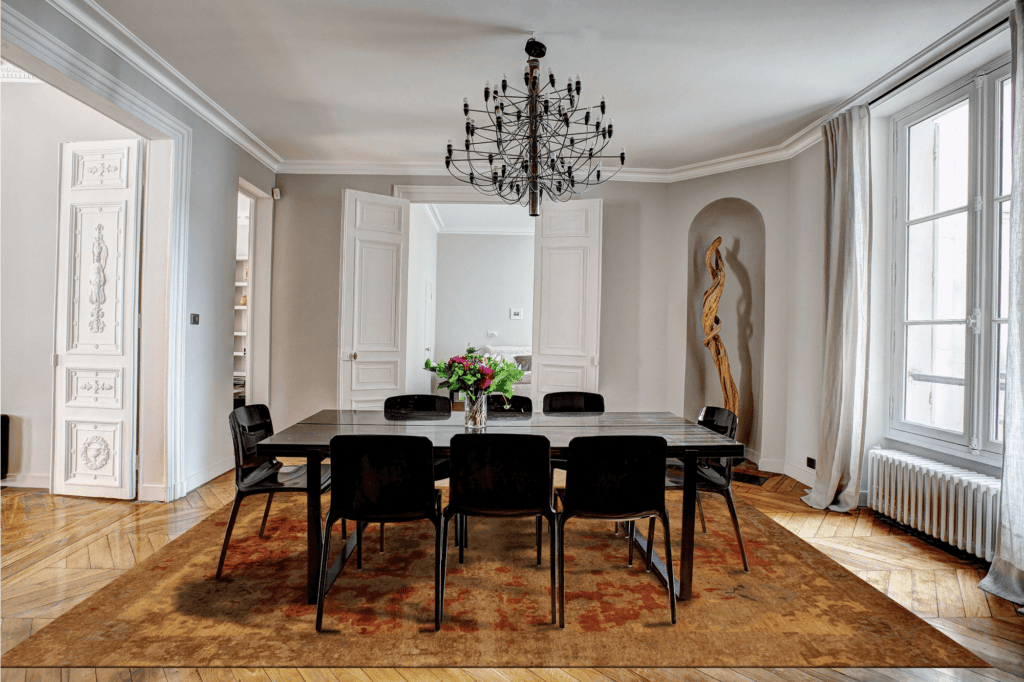
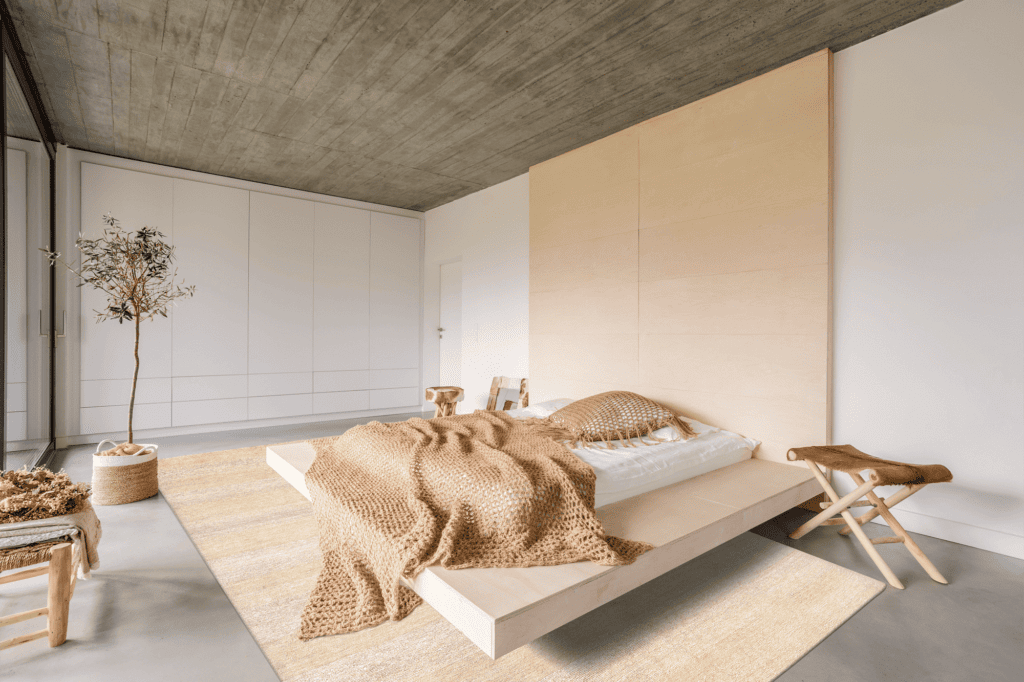
iThere are no comments
Add yours